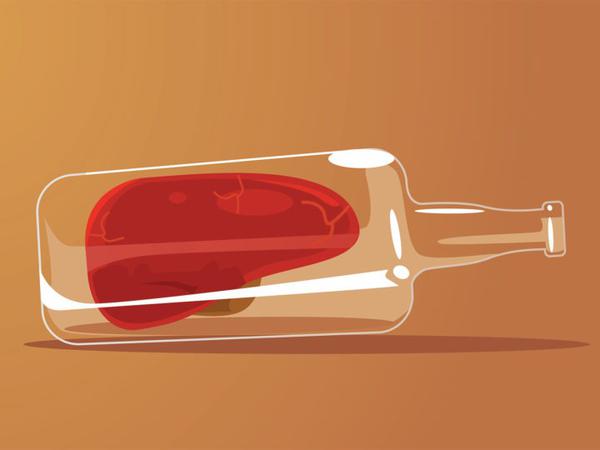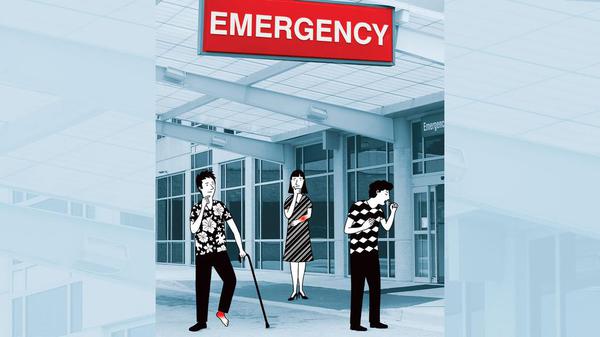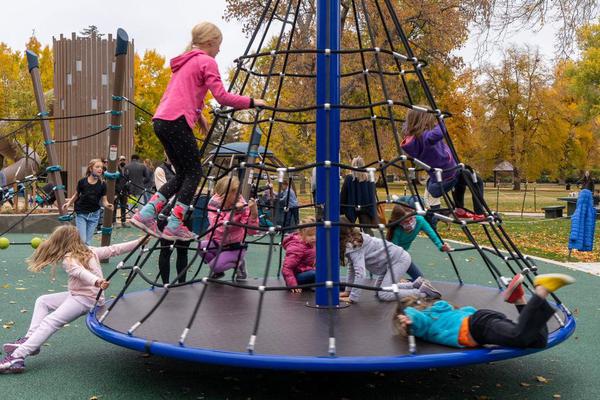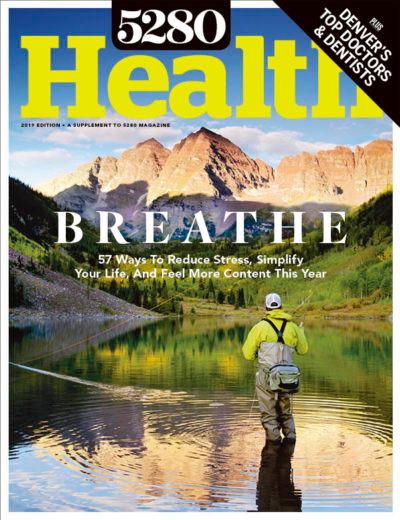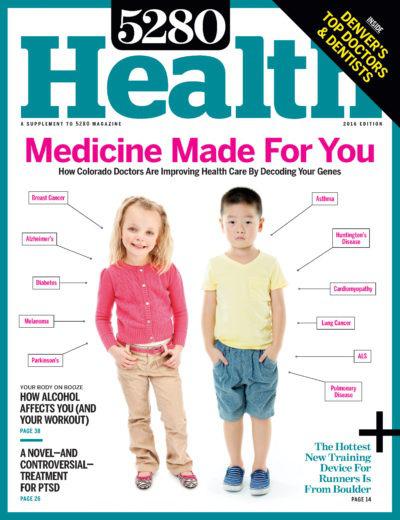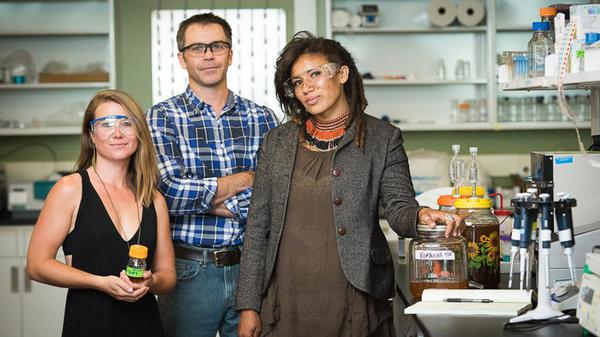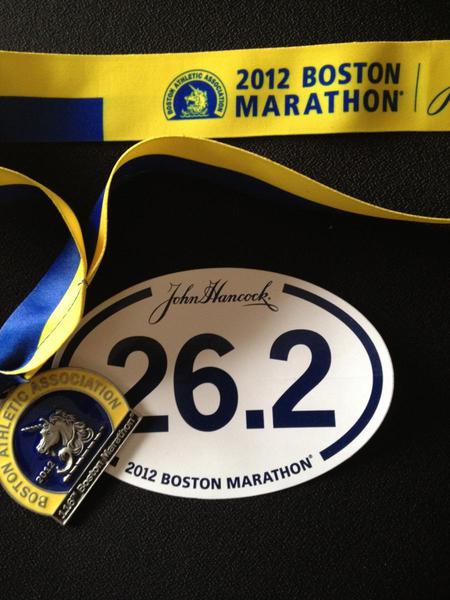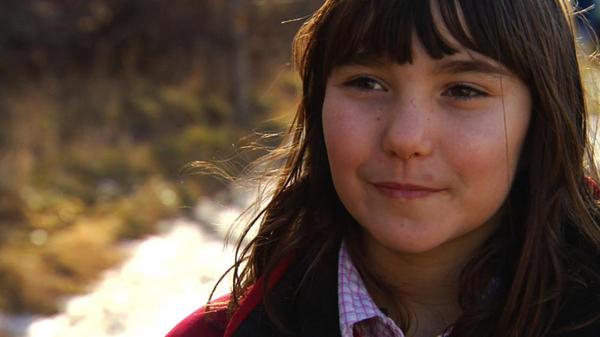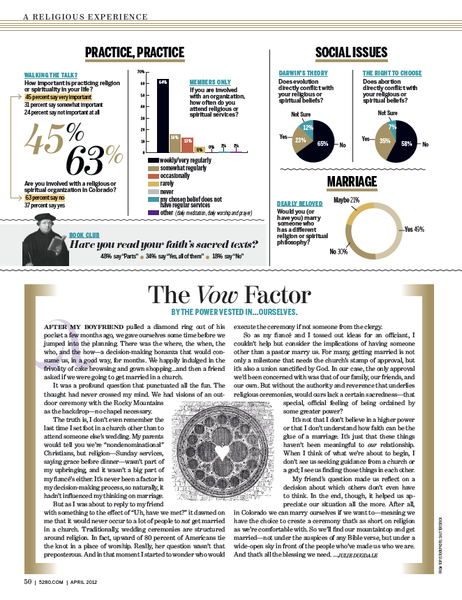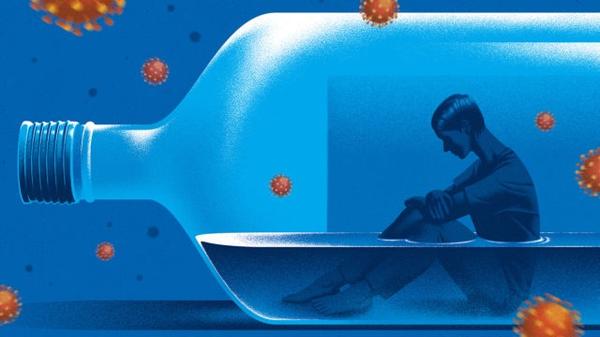
The Pandemic Only Amplified Colorado’s Drinking Problem
Nora began drinking heavily in her late 30s, turning to alcohol after the demons of early childhood trauma resurfaced. A self-described emotional drinker, the fortysomething Denverite, who asked that her real name be withheld to protect her privacy, says her consumption only increased during the COVID-19 crisis. “You’d be seeing all these memes on social media at 2 p.m. that people were having wine parties together,” Nora says, “so you’d feel comfortable doing it as well.”
But after a two-week bender in early 2021, Nora woke up feeling more broken than usual.
But after a two-week bender in early 2021, Nora woke up feeling more broken than usual.
